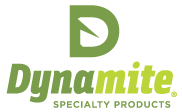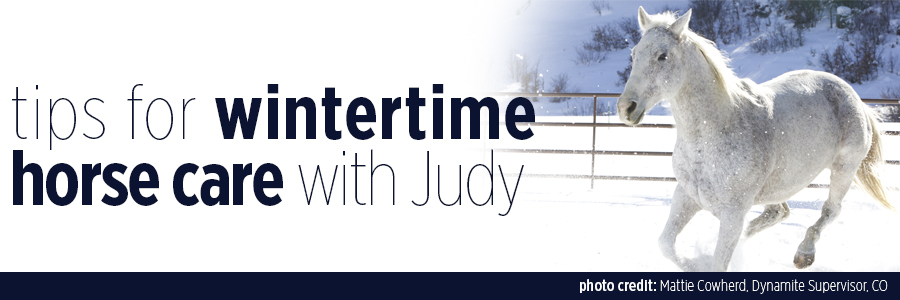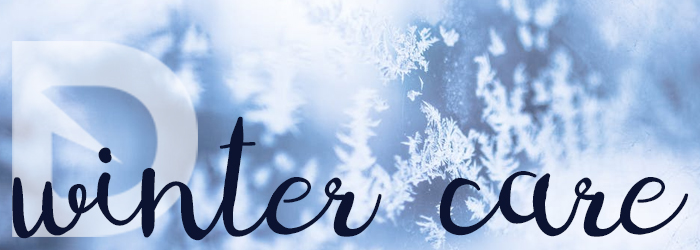The Right Energy at the Right Time
Colder weather can bring about shifts in energy and an increased need for nutritional balance. In a recent conference call, Gold Director, Judy Sinner, shared tips for making life easier for you and your horse during the cold winter months. Check out the highlights of the call below.
Listen to the full conference call HERE
Wintertime Horse Care Tips & Insights
- The seasonal rise of ACTH (even in non-Cushing’s horses) starts around September when the ACTH can nearly double. Consider adding Easy Balance if feeding Dynamite or Dynamite Plus; or switch to feeding TNT.
- Temperature changes, hot days and cold nights, barometric changes, sudden storms, and more can all cause havoc for horse so it is important to start boosting nutrition in mid-August or at the first signs of coat change (coat change is due to shortened period of daylight).
- Be careful of vaccines, wormers and other interventions during this time.
- Start adding additional weight before it gets cold. This is what generally happens in nature.
- With barometric change, bodies are positively charged and release calcium which increases the need for the Free Choice Minerals. Free Choice Minerals MUST be fed with a basic supplement (Dynamite, Dynamite Plus, TNT) or the balance is disrupted. Horses will over consume Free Choice Minerals if they are not on a basic supplement. 2:1 is very important.
- Horses on TNT do not consume as much of the Free Choice Minerals, which makes TNT an economical choice.
- Misconception: Horses need more grain in winter. Actually, they need more hay (fiber = heat). Use a slow feeder and have 24 hr availability. Hay will ideally be below 10-12% NSC.
- It is extremely important to supplement with fat and protein. HES is ideal. Soy protein is the closest plant based match to a horse’s needed amino acids. The lysine in soy is essential for protein efficiency because it makes other proteins and amino acids available for use by the body. Hay does not provide high enough quantities of lysine on its own. Also great for immune boosting, anti-viral, and growth.
- ALWAYS start with the Foundational Supplements
- PART 1: A vitamin & mineral supplement (TNT)
- PART 2: A prebiotic (Dyna Pro)
Note: Parts 1 and 2 work together to provide the majority of needs the majority of the time (98% of the daily, consistent, predictable needs of the horse). - PART 3: Free Choice Minerals (1 to 1 Free Choice, 2 to 1 Free Choice, Izmine, and NTM Salt – plus feeders)
- Pros and Cons of other fat sources:
- Flax-
- thyroid inhibitor and contains cyanogenic glycosides, trypsin inhibitors, phytic acid, allergens, and goitrogens
- high concentration of Omega 3
- Copra-
- BOSS-
- high in Omega 6 (inflammatory)
- 10,000 mg of Omega 6 to 34 mg Omega 3; must add a few ounces of chia to balance this out
- Usually covered in anti-sprouting chemical
- Readily available
- Rice Bran-
- Contains arsenic (stimulant)
- High Omega 6 to Omega 3 ratio
- Chia-
- Very high Omega 3 to Omega 6
- Helps with hydration
- Flax-
- ALWAYS start with the Foundational Supplements
- Feeding a Warm mash can help with hydration and drinking. Add HES in a wet mash, Standlee Timothy Pellets or Timothy Alfalfa Pellets (about 2 cups), Soak really well (Jell-O consistency), consider soaking over night, Add Dyna Pro, ½ oz. of Dyna Spark, Any other supplements
- Reluctance to drinking can indicate:
- Metal taste from heaters or even stray voltage
- Ulcers
- Cold, ice chunks
- Bad teeth
- Might consider adding OxE Mega in winter to account for lack of Omega 3 and Vitamin E which would normally be found in green grass (about 1 oz. in winter).
- Blanketing – there are pros and cons, but it really comes down to what the horse wants, ask the horse.
- Provide shelter from wind and wet but ultimately let the horse decide whether it wants to use or not.
- Rain Rot – to help prevent boost immune system (OxE Mega or SOD)
- To treat mix 10 parts olive oil and 1-part tea tree oil and spray on scabs to loosen and to act as a protective barrier.
Related posts








